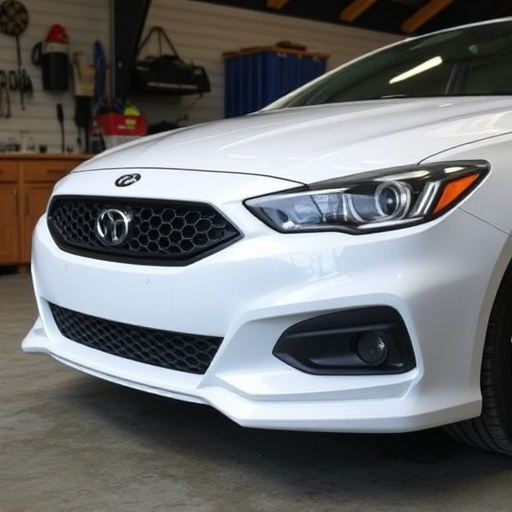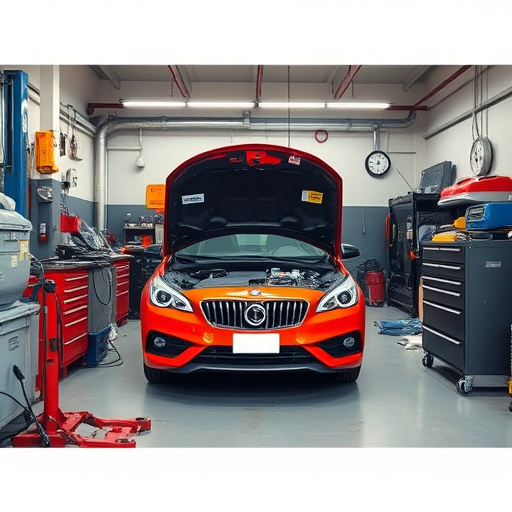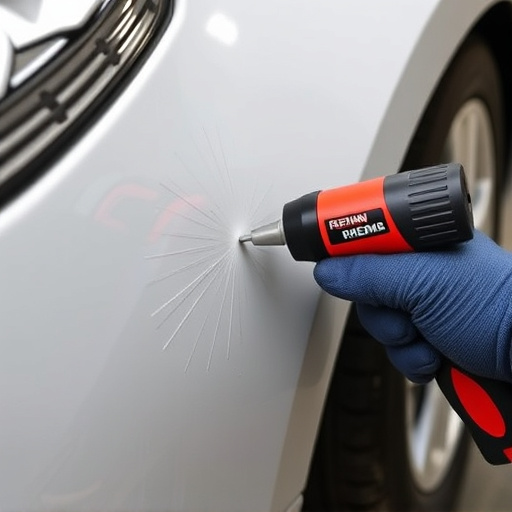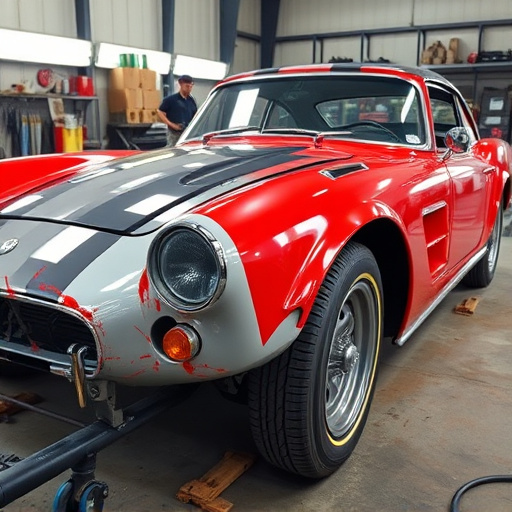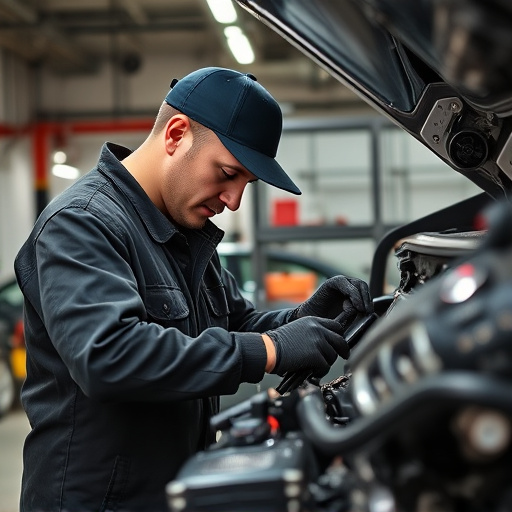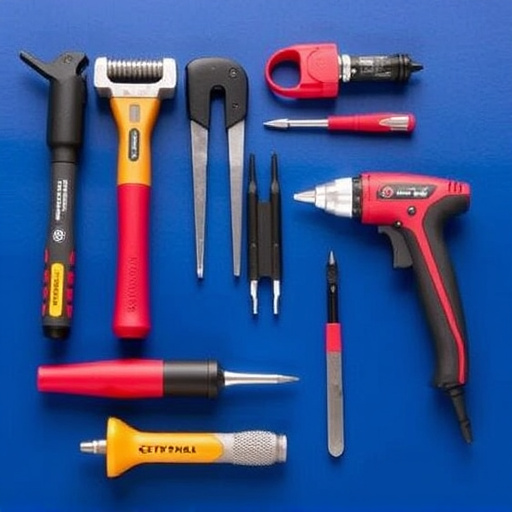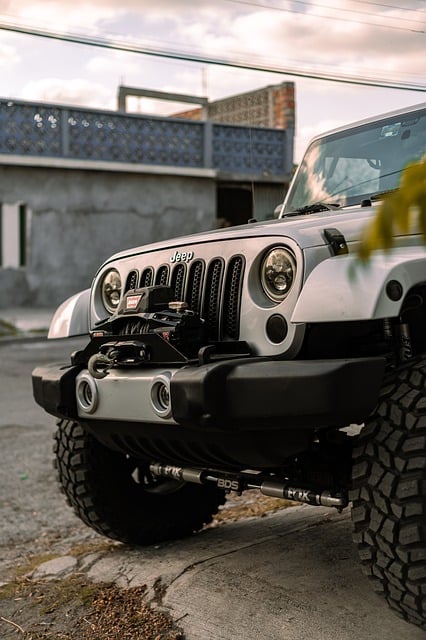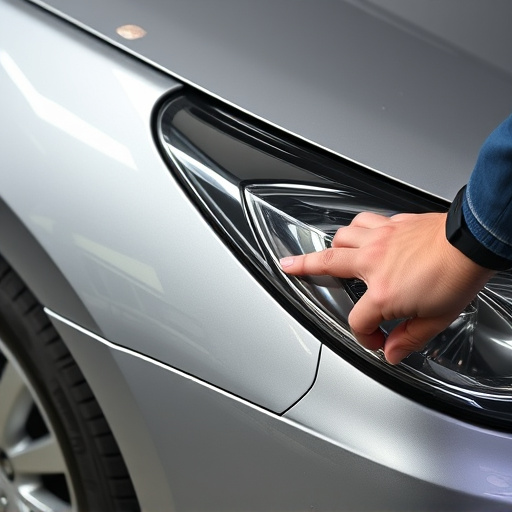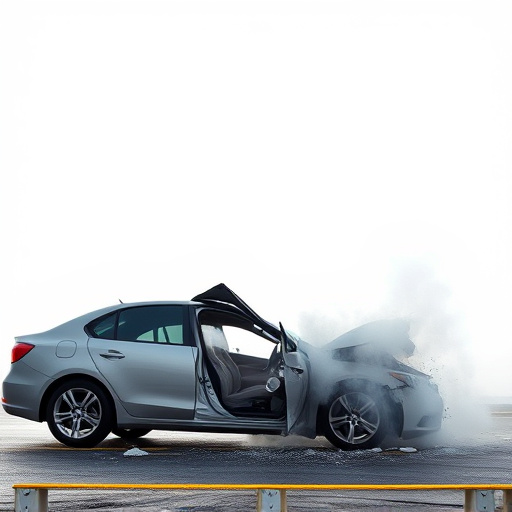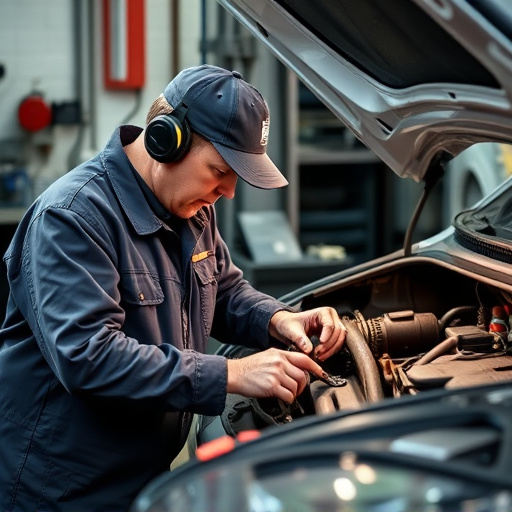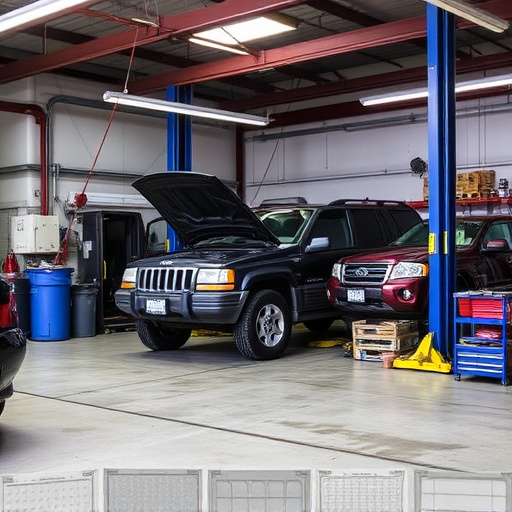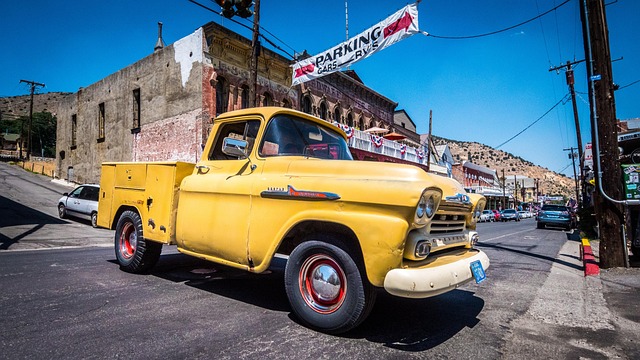Hail damage dent repair is crucial for vehicles in severe weather regions. It involves assessing and removing dents, followed by careful filling, sanding, priming, and painting to match original colors. Proper preparation ensures leased vehicles meet high standards upon return, preserving their value and aesthetic appeal through expert hail damage dent repair.
Hail storms can leave a trail of destruction, particularly for vehicles caught in their path. Understanding how to address hail damage dent repair is crucial for both car owners and leasees. This article delves into the effects of severe weather on automobiles, outlines the steps involved in effective hail damage dent repair, and provides guidance on preparing leased vehicles for return after repairs, ensuring a smooth transition.
- Understanding Hail Damage and Its Impact on Vehicles
- The Process of Hail Damage Dent Repair
- Preparing Your Lease Vehicle for Return After Repairs
Understanding Hail Damage and Its Impact on Vehicles
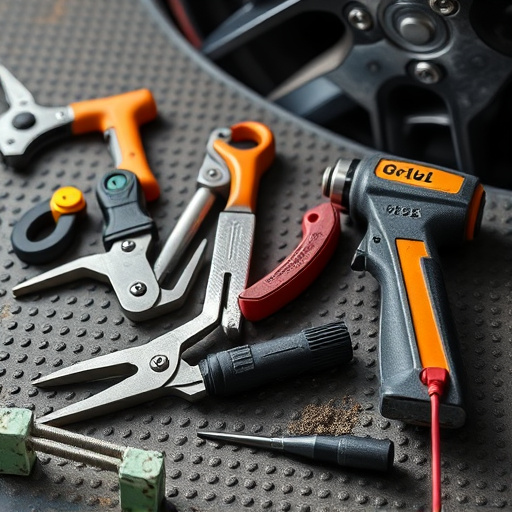
Hail damage dent repair is a common concern for vehicle owners, especially those living in regions prone to severe weather conditions. Hailstorms can leave behind a trail of destruction, with small ice pellets causing significant dents and dings on cars, trucks, and SUVs. These impacts may go beyond mere aesthetics; deep or multiple dents can compromise the structural integrity of a vehicle’s body panels and paintwork. Over time, untreated hail damage can lead to rust formation, affecting both the car’s value and its overall condition.
Understanding the extent of the damage is crucial before attempting any repair. While some minor dents might be straightened out using specialized tools and techniques, more severe cases may require professional auto painting services or vehicle paint repair. Car paint services are essential for restoring not just the visual appeal but also the protective coating that shields the metal beneath from further corrosion. Efficient hail damage dent repair ensures that vehicles return to their pre-storm condition, enhancing their resale value and extending their lifespan.
The Process of Hail Damage Dent Repair
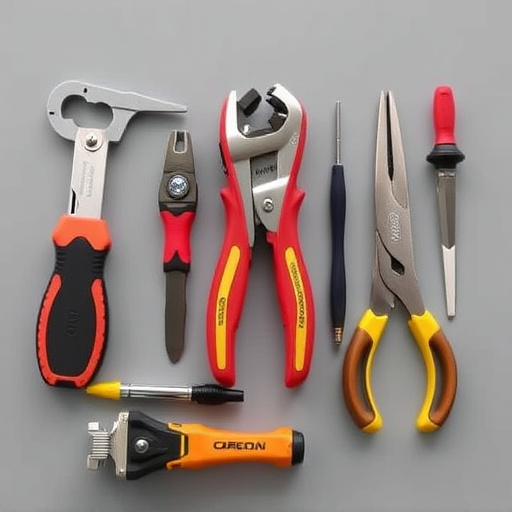
Hail damage dent repair is a meticulous process designed to restore vehicles affected by severe weather events back to their pre-damaged condition. It begins with an extensive inspection, where skilled technicians assess each dent’s size, depth, and location to determine the most effective repair method. This could involve using specialized tools for car dent removal, such as air pressure or putty knives, to gently push out the dents without causing further damage to the car body.
Once the dents are successfully removed, the actual hail damage dent repair process commences. Technicians meticulously fill and sand any gaps left by the dent removal process, ensuring a smooth surface. After sanding, a high-quality primer is applied to match the car’s original paint job. Finally, professional painters carefully apply the exact shade of paint required, resulting in a nearly invisible repair that enhances the overall aesthetics of the vehicle—a testament to the collision repair shop’s expertise and commitment to excellence.
Preparing Your Lease Vehicle for Return After Repairs

After your lease vehicle has undergone hail damage dent repair, preparing it for return is a crucial step. The first consideration is to ensure that all repairs are meticulously finished and match the vehicle’s original specifications. This includes both structural integrity restoration through autobody repairs and aesthetic refinements to restore the car’s pristine condition.
Inspecting the repair work closely is essential, focusing on areas like paint job quality, panel fit, and overall smoothness of the surface. For luxury vehicles, attention to detail during automotive body work becomes even more critical. Proper preparation guarantees that upon return, your lease vehicle not only meets but exceeds expectations, showcasing its pre-damaged condition and value.
Hail damage dent repair is a crucial process, especially when dealing with lease return vehicles. By understanding the impact of hail and following the right steps for repair, you can ensure your vehicle looks as good as new. Prepare your lease car meticulously before returning it, focusing on both aesthetics and documentation. This comprehensive approach will make the return process smooth and potentially save you costs. Remember, proper care and timely repairs are key to maintaining your vehicle’s value.

